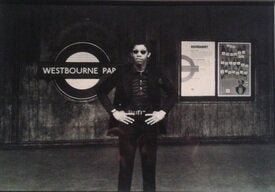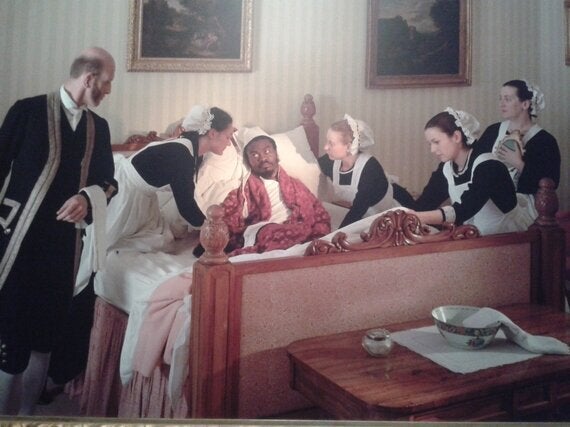
Call me stupid, but it took a passionate discussion of the relevance and place of hair and hairstyles as cultural markers from my black students, to bring it home to me just how complicated African hairstyles are. Actually, I still don't completely get it. But my students explained to me and an open-mouthed, very diverse undergraduate classroom, that if they let their hair grow unfettered, it would simply grow out and up. That it takes taming, straightening, weaves, relaxers, braiding, hair extensions, and many, many hours to create the beautiful, complex confections that they wear to class. It reminded me, too, of how normative ideals of white beauty impact people of non-white heritage - the hair straightening, the face bleaching, the tucking in, epilating, waxing, narrowing, tweezing, anorexia, liposuctioning, lip-pulling in, that happen behind the scenes to conform to mainstream, capitalism-prescribed aesthetic and performative norms. As market research firm Mintel suggests, black hair could be a $500 billion dollar industry.

The Black British Experience exhibition at the Victoria and Albert brings home the exceptional, yet completely everyday, place of black beauty and experience in Britain. A history that is often misplaced in British life. The exhibition is a much-too-fleeting glimpse of photographs from the 1950s to the 1990s, all to do with aspects of black British experience. Hairstyles are just part of the equation. The exhibition shines a light on British Caribbean homes, black jewellery, street life, and celebrations. It takes its name and inspiration from Peter Fryer's 1984 book Staying Power: The History of Black People in Britain.

In the exhibition, Raphael Albert's series of photographs reflects the message of the Black is Beautiful movement in 1960s America. The movement asked African Americans to put on full display their natural beauty, instead of conforming to mainstream norms. It asked people to let their hair down, so to speak. Albert's pictures show us an intoxicating view of black beauty pageants, while at the same time reminding us that black beauty has been, and still is, a fetish and a very saleable commodity in an Oprah-tized media culture. While former-Ukipper (can you ever be a former Ukipper?) Rozanne Duncan says, "I really do have a problem with people with negroid features", our media show us the desire and fear that minority bodies generate. They reflect our polarized feelings, giving us images of objectified black men like Denzel and Idris, and women like Michelle Obama and Oprah who have to constantly remind us that they are like every other woman, while at the same time hoody-clad young black men seem to epitomize urban criminal life.

The hair question is not an easy one. While Chris Rock, in his 2009 documentary Good Hair pokes fun at black people for straightening their hair and trying to be white, my students tell me that using hair relaxers and weaves to maintain black hair is actually a very practical thing. They could spend hours every morning simply trying to moisturize, control and keep in check hair that gets brittle and dry in the sun and in the British humid cold, or they could go to a barber shop and get it done for them, and have a comfortable month or two with their hair installations. Alynda Wheat gives us a timely reminder in an Entertainment Weekly article that it is not just black women that spend time and money on hair - women's hair is fetishized in most cultures, in the same way as weight, skin colour and tone, and dress.
There's something quite appealing about young black people in Lewisham schools who let their afros grow out, to let it all hang out. And to emphasize it even more, they stick combs and hair curlers into their hair to drive home the point that black is beautiful.
Staying Power: Photographs of Black British Experience 1950s-1990s
Feb 16-May 24 2015
Victoria and Albert
Photographs: series Black Beauty Pageants by Raphael Albert; series Hairstyles by J.D. 'Okhai Ojeikere; Westbourne Park Tube Station by Charlie Phillips; Diary of a Victorian Dandy by Yinka Shonibare